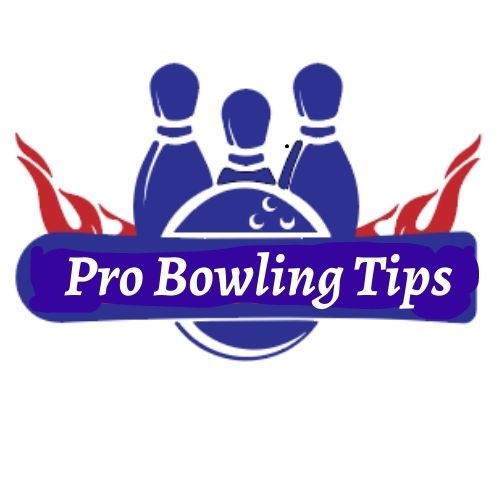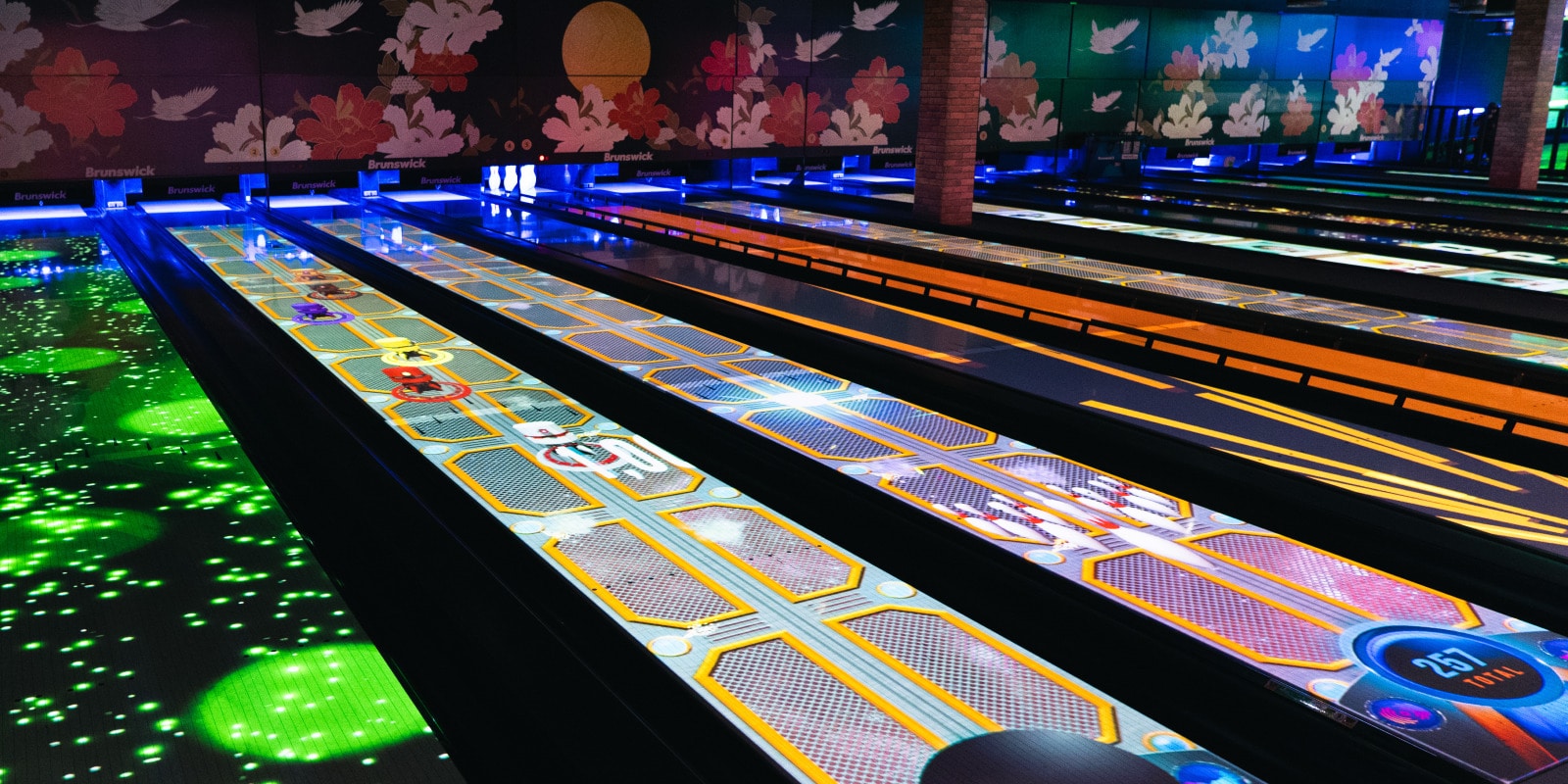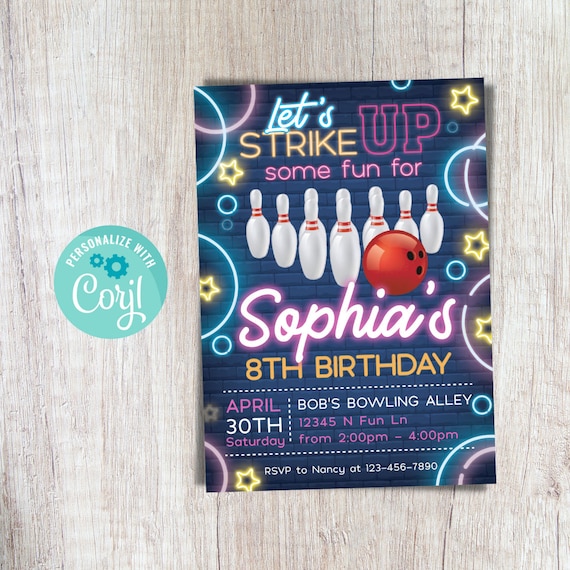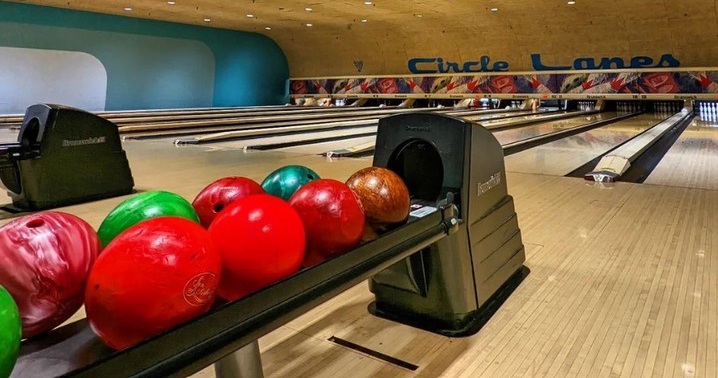Bowling is a fun and popular sport enjoyed by many. Behind every great game is the right equipment.
Bowling lanes require specific equipment to function smoothly. From the lane itself to the pins and ball return systems, each piece plays a vital role. Quality equipment ensures a good experience for both casual bowlers and pros. Understanding what makes up this equipment can help you appreciate the game more.
It can also guide you if you’re looking to set up your own bowling area. In this blog post, we will explore the essential pieces of bowling lane equipment. This will give you a clearer view of what’s needed to keep the lanes in top condition. Get ready to learn more about the gear that keeps the game rolling!
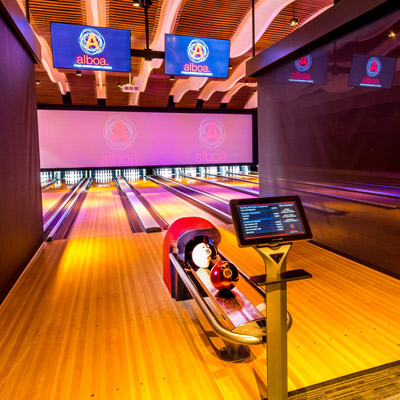
Credit: www.qubicaamf.com
Lane Components
Bowling is a popular sport enjoyed by many. The bowling lane has various components that are crucial for the game. Each part of the lane plays a unique role in ensuring a smooth game. Understanding these components can help players improve their game and appreciate the sport more.
Approach Area
The approach area is where players stand before releasing the ball. This area is critical for setting up the perfect shot. It is generally 15 feet long and provides enough space for players to gather momentum. The surface of the approach area is smooth to ensure players do not trip or slip.
Here are some key features of the approach area:
- Smooth Surface: Ensures a safe approach.
- Markers: Help players position themselves correctly.
- Space: Enough room to gather speed.
- Consistency: Uniform across all lanes.
Players often use the markers to align their shots. This helps in achieving better accuracy. The smooth surface is also maintained regularly to ensure player safety. Knowing the features of the approach area can help players improve their stance and shot accuracy.
Lane Surface
The lane surface is where the ball rolls towards the pins. It is divided into three sections: the head, the mid-lane, and the back-end. Each section has different characteristics that affect ball movement. The surface is coated with oil to reduce friction and ensure smooth ball travel. The oil pattern can vary, impacting the ball’s path.
Here are some important aspects of the lane surface:
- Head Section: The first 15 feet, heavily oiled.
- Mid-Lane: The middle 30 feet, moderately oiled.
- Back-End: The last 15 feet, least oiled.
- Oil Patterns: Can vary, affecting ball movement.
Different oil patterns can make the game more challenging. Players need to adjust their shots based on the oil pattern. The lane surface also needs regular maintenance to ensure consistency. Understanding the lane surface can help players adjust their strategies and improve their game.
%2520(1).jpeg)
Credit: www.fusionbowling.com
Pinsetters
Bowling lanes are a popular place for recreation and competition. The smooth wooden lanes and the sound of pins falling create an exciting atmosphere. To ensure a great experience, the equipment used must be top-notch. One of the most critical pieces of equipment is the pinsetter. Pinsetters are machines that reset the pins after each roll, making the game flow smoothly. Understanding the types and maintenance of pinsetters can help bowling alley owners keep their lanes in excellent condition.
Types Of Pinsetters
Pinsetters come in different types, each with unique features. The two most common types are automatic and semi-automatic pinsetters. Automatic pinsetters are fully mechanized and require minimal human intervention. They are efficient and save time, making them popular in busy bowling alleys.
On the other hand, semi-automatic pinsetters need some manual input. They are less expensive and easier to maintain. Both types have their advantages and choosing the right one depends on the alley’s needs and budget.
Here’s a comparison of automatic and semi-automatic pinsetters:
| Feature | Automatic Pinsetters | Semi-Automatic Pinsetters |
|---|---|---|
| Operation | Fully mechanized | Requires manual input |
| Cost | Higher | Lower |
| Maintenance | More complex | Easier |
| Speed | Faster | Slower |
Maintenance Tips
Proper maintenance of pinsetters ensures smooth operation and extends their lifespan. Regular checks and cleaning are crucial. Dust and debris can cause malfunctions, so it’s important to keep the pinsetters clean.
Here are some maintenance tips:
- Daily cleaning: Wipe down surfaces and remove dust.
- Weekly inspection: Check for loose parts and tighten them.
- Monthly lubrication: Apply oil to moving parts to reduce friction.
- Annual service: Have a professional inspect and service the pinsetters.
By following these maintenance tips, bowling alley owners can prevent breakdowns and ensure a better experience for players. Regular maintenance also reduces repair costs and prolongs the life of the equipment. Keeping pinsetters in good condition is key to running a successful bowling alley.
Bowling Balls
Bowling is a fun sport for people of all ages. To enjoy it fully, the right equipment is key. One of the most important pieces is the bowling ball. Different balls suit different players and styles. Knowing about the materials and how to choose the right ball can enhance your game.
Material Types
Bowling balls are made from different materials. Each material affects the ball’s performance on the lane. The main types are:
- Plastic: These are also known as polyester balls. They are the most affordable and durable. Plastic balls are perfect for beginners. They offer a straight roll with little hook.
- Urethane: These provide more friction on the lane. They are good for players who want more control. Urethane balls are ideal for intermediate bowlers.
- Reactive Resin: These balls have a tacky surface. They offer a strong grip and more hook potential. Advanced bowlers often use reactive resin balls. They are less durable but offer better performance.
- Particle (Proactive): These contain small particles in the coverstock. The particles help the ball grip oily lanes. Proactive balls are best for high-performance play.
Choosing The Right Ball
Picking the right ball involves several factors. First, consider the weight. A ball should be 10% of your body weight. Comfort is key. You should be able to hold and swing it easily.
Next, think about the ball’s material. Beginners might start with plastic balls. They are easy to control. Intermediate players might prefer urethane balls. They offer more hook and control. Advanced players often choose reactive resin or particle balls. These provide high performance on oily lanes.
Also, consider the ball’s fit. The finger holes should be drilled to match your hand. A good fit ensures better control and reduces strain. Always try before you buy. Many bowling alleys offer demo balls.
Finally, look at the lane conditions. Different balls perform better on different lanes. For dry lanes, plastic or urethane balls work well. For oily lanes, reactive resin or particle balls are better. Matching the ball to the lane can improve your game.
Bowling Shoes
Bowling lane equipment plays a crucial role in the game of bowling. Among the essential pieces of gear, bowling shoes are indispensable. They ensure safety, enhance performance, and protect the lanes. These shoes may look simple, but they come with various features that make them unique and functional.
Sole Types
Bowling shoes have different types of soles. Each type serves a specific purpose. The most common types are sliding soles and traction soles.
Sliding soles are usually found on the non-dominant foot. They help bowlers slide smoothly towards the lane. These soles are made of soft materials such as leather or rubber. They provide the right amount of friction and control.
Traction soles are on the dominant foot. They provide grip and stability during the approach. These soles are often made of rubber with a textured surface. This design ensures that bowlers do not slip while delivering the ball.
Here is a simple comparison of the two sole types:
| Sole Type | Material | Function |
|---|---|---|
| Sliding Sole | Leather or Rubber | Helps in sliding smoothly |
| Traction Sole | Rubber | Provides grip and stability |
Fit And Comfort
Bowling shoes should fit well and provide comfort. Proper fit prevents injuries and enhances performance. A good fit means the shoes are snug but not tight. There should be enough room for the toes to move.
Comfort is equally important. Padded insoles and breathable materials can help. Shoes with arch support are good for those with foot issues. Adjustable straps or laces offer a customized fit.
Consider these factors for fit and comfort:
- Snug but not tight
- Padded insoles
- Breathable materials
- Arch support
- Adjustable straps or laces
Finding the right pair of bowling shoes can make a big difference. They will keep your feet comfortable and help you perform better. Happy bowling!
Scorekeeping Systems
Bowling lane equipment is essential for a smooth bowling experience. One key piece of equipment is the scorekeeping system. This system helps players keep track of their scores during the game. There are different types of scorekeeping systems, each with its own benefits and drawbacks. Understanding these can help you choose the best option for your needs.
Manual Vs. Automatic
Scorekeeping systems can be manual or automatic. Manual systems require players to record their own scores. This can be done using paper and pen or a simple score sheet. Here are some points about manual scorekeeping:
- Simple and inexpensive
- Requires players to understand scoring rules
- More prone to errors
- Slower process compared to automatic systems
Automatic systems, on the other hand, use technology to track scores. These systems calculate scores instantly and display them on a screen. Here are some advantages of automatic scorekeeping:
- Fast and accurate
- Easy for players of all ages
- Reduces human errors
- Allows players to focus more on the game
Both systems have their pros and cons. Choosing between them depends on your preferences and budget.
Technology In Scoring
Technology has greatly improved scorekeeping in bowling. Modern systems use advanced features to enhance the bowling experience. These features include:
- Touchscreen interfaces for easy input
- Automatic pin detection and scoring
- Instant updates on the screen
- Interactive displays with animations
Some systems even offer mobile apps. These apps allow players to track scores on their phones. This can be convenient for sharing scores with friends. Additionally, technology can help centers manage lanes more efficiently. For instance, they can monitor lane usage and maintenance needs.
Overall, technology in scoring has made bowling more enjoyable. It has also made it easier for both players and bowling centers.
Lane Oil Patterns
Bowling lanes have various equipment that help make the game enjoyable. One important aspect is the lane oil pattern. This pattern can change how a bowling ball moves. It can make the game easier or harder. Let’s learn more about lane oil patterns and why they are important.
Importance Of Oil
Oil on a bowling lane serves many purposes. First, it protects the wooden surface from damage. Bowling balls are heavy. Without oil, they can cause scratches and dents. This can lead to costly repairs.
Oil also affects ball movement. It can change the ball’s speed and direction. For example, a dry lane will make the ball move faster. A heavily oiled lane slows it down. Bowlers must adjust their throws based on oil patterns.
Here are some key points about the importance of oil:
- Protects the lane: Prevents damage from bowling balls.
- Alters ball movement: Changes speed and direction.
- Needs regular maintenance: Keeps the game fair and consistent.
Common Patterns
Different oil patterns are used in bowling lanes. Each pattern affects how the ball moves. Some patterns are easier for beginners. Others are more challenging for experts. Below are common oil patterns:
| Pattern Name | Description | Difficulty Level |
|---|---|---|
| House Pattern | Most common. Easiest for beginners. | Easy |
| Sport Pattern | Used in tournaments. Requires skill and strategy. | Hard |
| PBA Pattern | Professional level. Very challenging. | Very Hard |
Understanding these patterns can help improve your game. Practice on different patterns. Learn how each one affects your throw. This will make you a better bowler over time.
Ball Return Systems
Bowling lanes have specific equipment to make the game smooth and fun. One key piece is the ball return system. It helps in bringing the ball back to the bowler after each roll. This equipment ensures a good flow during the game. Let’s learn more about its functionality and common issues.
Functionality
The ball return system has a simple yet vital role. It consists of several parts working together. Here are the main components:
- Ball Lift: Lifts the ball from the pin area.
- Conveyor Belt: Transports the ball back to the bowler.
- Track: Guides the ball along the path.
- Ball Rack: Holds the ball ready for the next roll.
Each part must work correctly to keep the game going smoothly. The ball lift picks up the ball after it knocks down the pins. The conveyor belt then carries it to the track. The track guides the ball back to the ball rack. Finally, the ball rack keeps the ball in place for the bowler.
Common Issues
Despite their reliability, ball return systems can face some issues. Here are common problems and their causes:
| Issue | Cause |
|---|---|
| Ball gets stuck | Debris or misalignment |
| Slow return | Worn-out belt or gears |
| Noisy operation | Loose parts or lack of lubrication |
| Ball not lifting | Malfunctioning ball lift |
Regular maintenance can prevent many of these issues. Cleaning the system and checking parts helps. Replacing worn-out components is also important. If a problem persists, a technician should inspect the system.
Safety Equipment
Bowling is a fun and popular sport enjoyed by many. But to keep it fun, safety is crucial. Safety equipment is essential for a safe bowling experience. This article will focus on the necessary protective gear and tips for staying safe on the lane.
Protective Gear
Wearing the right protective gear is important in bowling. It keeps you safe and helps you play better. Here are some key items:
- Bowling Shoes: These shoes have special soles. They prevent you from slipping.
- Wrist Guards: These support your wrist. They help you avoid injury when you bowl.
- Knee Pads: These protect your knees from strain. They are useful for those who bowl often.
- Finger Tape: This tape protects your fingers. It is especially good for preventing blisters.
Using this gear can make a big difference. It helps you stay safe and enjoy the game more.
Lane Safety Tips
Staying safe on the bowling lane is very important. Here are some tips:
| Tip | Description |
|---|---|
| Stay Behind the Foul Line | The foul line marks the start of the lane. Crossing it can be slippery and dangerous. |
| Be Aware of Your Surroundings | Watch out for other players. Make sure the lane is clear before you bowl. |
| Use the Right Weight Ball | A ball that is too heavy can hurt your arm. Choose a comfortable weight. |
| Follow the Rules | Every bowling alley has rules. Follow them to keep everyone safe. |
Following these tips can help you avoid accidents. It ensures everyone has a good time.

Credit: www.fusionbowling.com
Frequently Asked Questions
What Are The Main Parts Of A Bowling Lane?
A bowling lane has the approach area, lane, pin deck, and gutters.
How Long Is A Standard Bowling Lane?
A standard bowling lane is 60 feet from the foul line to the pins.
What Material Is Used For Bowling Lanes?
Bowling lanes are made from wood or synthetic materials.
How Often Should A Bowling Lane Be Oiled?
Bowling lanes should be oiled daily to ensure consistent play.
What Is A Bowling Pinsetter?
A pinsetter is a machine that sets and clears pins after each roll.
Conclusion
Choosing the right bowling lane equipment enhances the overall bowling experience. Quality lanes, pins, and balls make a big difference. Regular maintenance ensures everything works smoothly. Invest in reliable brands for better performance and longevity. Happy bowling!

Passionate Bowler and Bowling Enthusiast
Jess Pinelli is a dedicated bowling enthusiast with a deep love for the sport that spans over 6 years. With numerous strikes, spares, and a few gutter balls under hes belt, he has honed his skills on lanes across the country. Pinelli’s journey in the world of bowling has been a remarkable one, from casual weekend games with friends to competitive league play and even a few local tournaments.
Driven by her passion for the game, Pinelli decided to channel her expertise and knowledge into the digital realm, becoming a prolific author on this bowling website. She’s your go-to source for everything bowling-related, from mastering the perfect hook to choosing the right bowling ball and even navigating the world of bowling etiquette.
When she’s not busy writing informative articles or reviewing the latest bowling gear, you’ll likely find Pinellis at her favorite local bowling alley, helping newcomers improve their game or enjoying some friendly competition with fellow bowlers. She firmly believes that bowling is not just a game but a community, and she’s committed to fostering that sense of camaraderie both online and offline.
